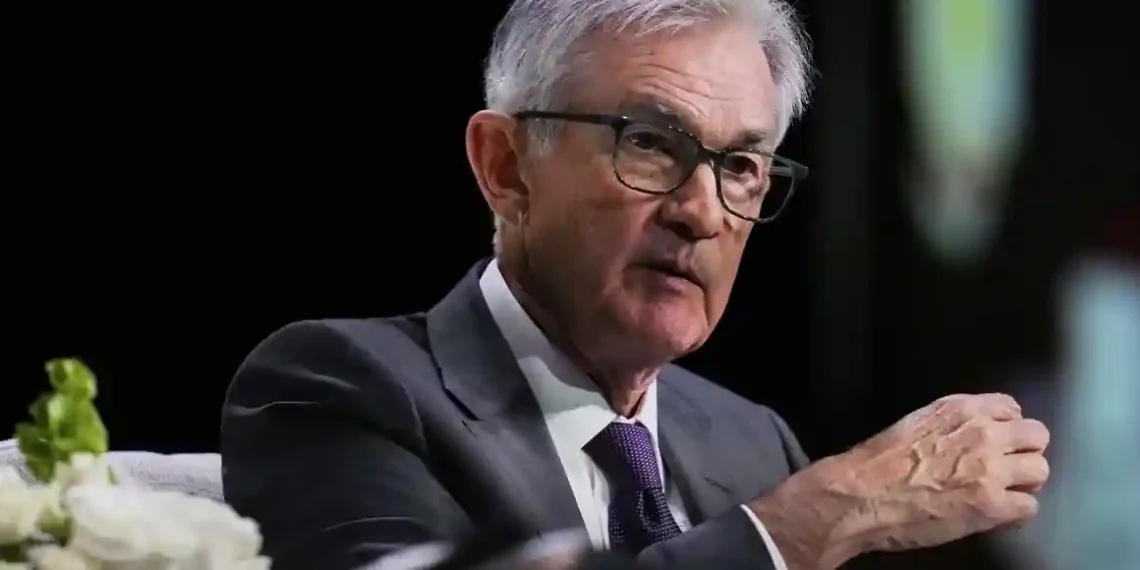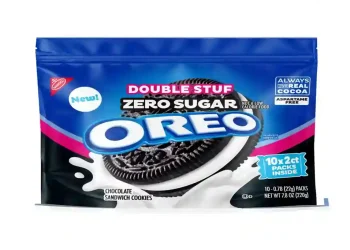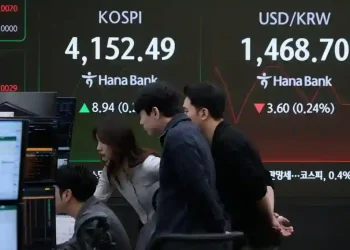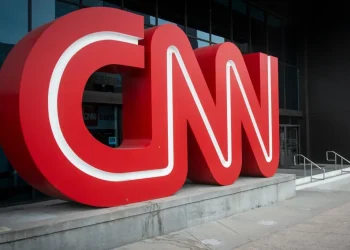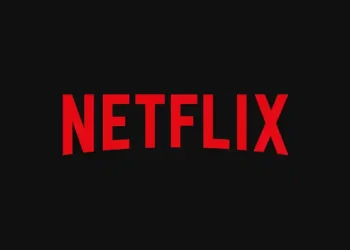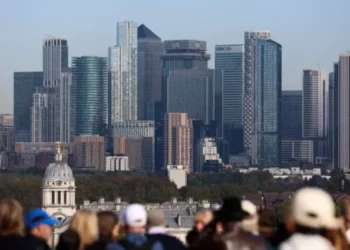Fed Chair Powell Issues Stark Warning: Trump’s Tariffs Could Trigger Economic Turmoil
Inflation up, jobs down? The Fed braces for the possibility of stagflation as Trump’s sweeping tariffs disrupt the economy.
Federal Reserve Chair Jerome Powell delivered his bluntest warning yet on Wednesday, saying that President Donald Trump’s aggressive tariff policies could send the U.S. economy into a tailspin — one the Fed may not be fully equipped to handle.
Speaking at an event hosted by the Economic Club of Chicago, Powell called the tariffs a “very fundamental policy change” with no modern precedent.
“There isn’t a modern experience of how to think about this,” Powell said, noting that the scale of tariff hikes has far exceeded expectations.
Powell outlined a troubling scenario where tariffs could slow economic growth, drive up inflation, and raise unemployment — all at once. That’s a worst-case combination the U.S. hasn’t seen in nearly half a century.
“We may find ourselves in the challenging scenario in which our dual-mandate goals are in tension,” he said, referring to the Fed’s mandate to ensure both low inflation and full employment.
Markets didn’t take the news lightly. As Powell spoke:
- The Dow dropped 700 points (1.7%)
- The S&P 500 fell 2.5%
- The Nasdaq sank 3.5%
Trump’s tariffs, either already in place or on the way, include:
- 25% tariffs on steel, aluminum, and autos
- 145% duty on Chinese imports
- 25% tariffs on goods from Mexico and Canada that don’t meet trade terms
- A 10% baseline tariff on all U.S. imports
- Potential new tariffs on semiconductors, pharmaceuticals, copper, and timber
Some exemptions have been granted for electronic goods, but the economic toll is mounting — and the American public is footing part of the bill, Powell noted.
“Unemployment is likely to go up as the economy slows,” Powell said.
“In all likelihood, inflation is likely to go up as well… A portion of the burden of tariffs is going to be paid by the public.”
Despite the warning signs, Powell said the Fed isn’t rushing to make a move. Instead, policymakers are holding off on interest rate changes until the economic picture becomes clearer.
“Waiting for additional data will help inform the path ahead,” said Cleveland Fed President Beth Hammack.
But economists are worried that if Trump’s postponed tariffs — like the ones delayed until July — do take effect, the damage could accelerate quickly.
Many economists fear the country could slide into stagflation, a dreaded mix of slow growth, rising unemployment, and high inflation not seen since the 1970s and 1980s.
“A tariff is like a negative supply shock,” said Chicago Fed President Austan Goolsbee.
“Prices go up while jobs are lost and growth slows — that’s a stagflationary shock.”
Back in the ’80s, then-Fed Chair Paul Volcker responded to stagflation by aggressively raising interest rates, which tamed inflation but also caused a recession. Powell now faces a similar dilemma: fight inflation at the risk of hurting jobs, or vice versa.
“We would consider how far the economy is from each goal, and the different time horizons to close those gaps,” Powell said.
“We understand how painful high inflation or high unemployment can be for families and businesses.”
The Fed’s next steps will hinge on economic indicators — especially consumer sentiment, inflation expectations, and the job market. The University of Michigan’s consumer survey already shows declining confidence in price stability.
While inflation is down from its 2022 peak, it’s still slightly above the Fed’s 2% target, giving policymakers less room to maneuver.
“This is a difficult set of risks for monetary policy to navigate,” Hammack said. “There is a strong case to hold steady and let the data guide us.”
This article was rewritten by JournosNews.com based on verified reporting from trusted sources. The content has been independently reviewed, fact-checked, and edited for accuracy, neutrality, tone, and global readability in accordance with Google News and AdSense standards.
All opinions, quotes, or statements from contributors, experts, or sourced organizations do not necessarily reflect the views of JournosNews.com. JournosNews.com maintains full editorial independence from any external funders, sponsors, or organizations.
Stay informed with JournosNews.com — your trusted source for verified global reporting and in-depth analysis. Follow us on Google News, BlueSky, and X for real-time updates.
